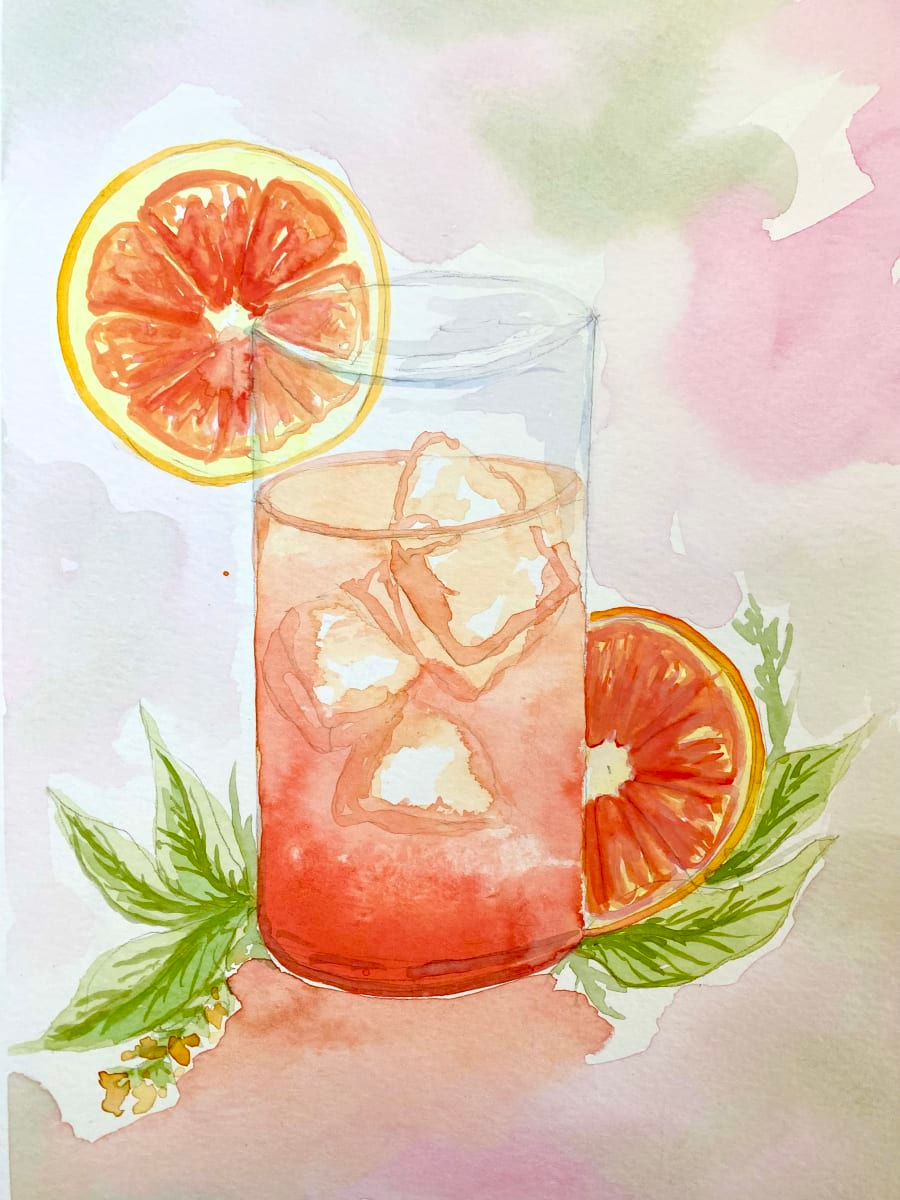How Art Builds Confidence in Teens Through Structured Classes
- 琳 王
- 2 days ago
- 4 min read

Youth Art Programs and Confidence Growth
Youth art programs play a big role in helping teens grow. These programs give students a safe place to try new ideas and share their work. Unlike school tests, art allows for open answers. A student can use color, shape, or line to express what they feel. When teens see their work respected, their self-esteem grows.
Structured classes are key here. With guidance, students learn both skills and confidence. Teachers provide steps that make large projects feel possible. Teens see progress over time, and this steady growth builds trust in their own ability.
Skill Development in Teen Drawing Classes
Teen drawing classes focus on building core skills. Teens learn how to draw with lines, shapes, and shading. They move from simple sketches to more complex designs. Each lesson gives them a chance to see improvement, and that improvement helps them feel capable.
Drawing also sharpens focus. Teens must slow down, observe, and plan. This habit of careful work transfers to other parts of life. Many parents notice that teens in drawing classes also do better with patience and detail in school.
Another benefit is problem-solving. If a line is out of place, teens learn to adjust. If shading looks too dark, they explore balance. Each correction teaches resilience. Rather than giving up, they keep going — and this attitude strengthens confidence beyond art.
Expression in Art Classes Halifax Offers
Art classes Halifax families choose often include both drawing and painting. These classes give teens chances to explore different tools and media. From charcoal sketches to watercolors, each new material offers a fresh challenge.
This variety is not just fun. It expands teens’ creative voice. The more ways they can share feelings and ideas, the more confident they feel. Many shy students find art a way to “speak” when words are hard. This personal expression becomes a strong source of pride.
Group settings add another layer. Teens work near others who also love art. They share feedback, learn from each other, and feel part of a creative team. When teens see peers respond positively to their work, their belief in themselves grows even stronger.
How Youth Art Programs Shape Leadership
Youth art programs do more than teach skills. They also prepare teens for leadership. Students may guide peers in group projects, or show new techniques to younger artists. Taking on these small roles helps them feel responsible and respected.
Leadership in art is gentle. It comes through encouragement and teamwork. Teens learn that their voice matters. This realization makes them more confident not just in the studio, but also at school and in community settings.
Building a Growth Mindset in Teen Drawing Classes
Teen drawing classes often stress practice over perfection. Teachers remind students that every artist improves with time. This message helps teens adopt a growth mindset. Mistakes are no longer failures but steps toward learning.
Confidence builds when teens see their own progress. A sketch today may look better than one from last month. That visible change makes them proud. It also shows them that hard work pays off, a lesson useful in all parts of life.
The Role of Art Classes Halifax Parents Choose
Art classes Halifax centers provide are often community-driven. Many programs invite families to view exhibitions of teen work. This recognition boosts confidence in a big way. Seeing artwork displayed tells teens their effort matters.
Local art classes also connect students to their community. Teens feel supported by teachers, peers, and parents. This network of encouragement helps them see themselves as valued young artists. The sense of belonging builds confidence that lasts.
Confidence Through Creative Freedom
Structured art does not mean rigid. Teachers set clear goals but also leave room for freedom. Teens choose subjects that interest them — a portrait, a landscape, or abstract shapes. This freedom allows them to explore their own voice.
When teens realize that their choices are respected, they gain courage. They learn to trust their instincts and try bold ideas. This balance of structure and freedom is what makes art classes powerful for confidence.
Why Youth Art Programs Are a Long-Term Investment
Youth art programs provide more than a short hobby. They are an investment in confidence and growth. Teens who gain self-esteem in the studio often carry that strength into their future studies and careers.
Creative confidence prepares them for interviews, teamwork, and problem-solving in real life. The lessons learned through art stay with them long after the classes end.
Final Thoughts
Art builds confidence in ways that go beyond the canvas. Through structured lessons, steady progress, and creative freedom, teens grow into stronger, more self-assured individuals.
Whether through youth art programs, teen drawing classes, or community-based art classes Halifax families join, the result is the same — confident teens who know their voice matters.





Comments